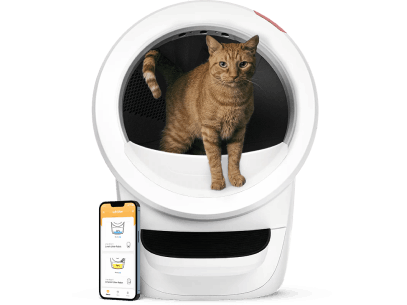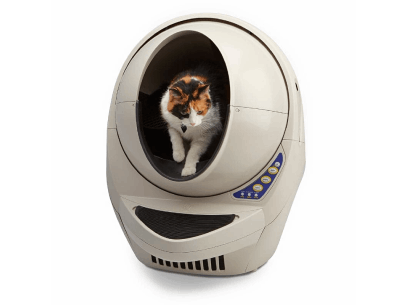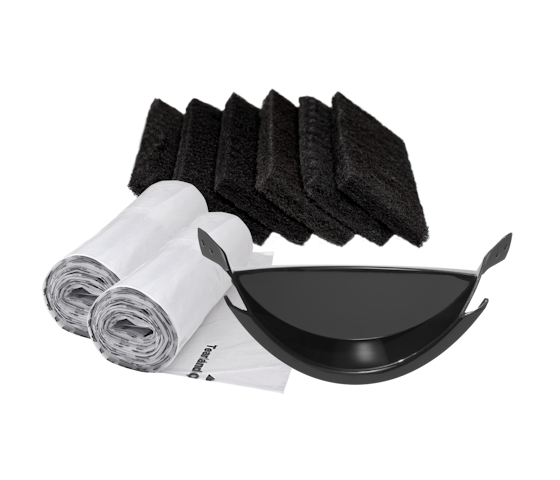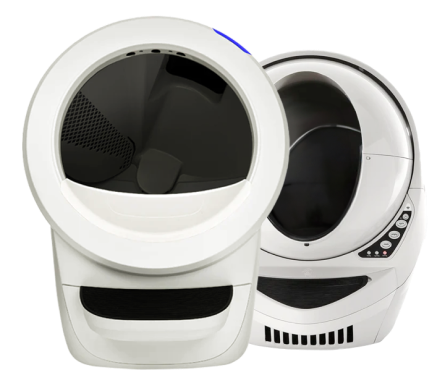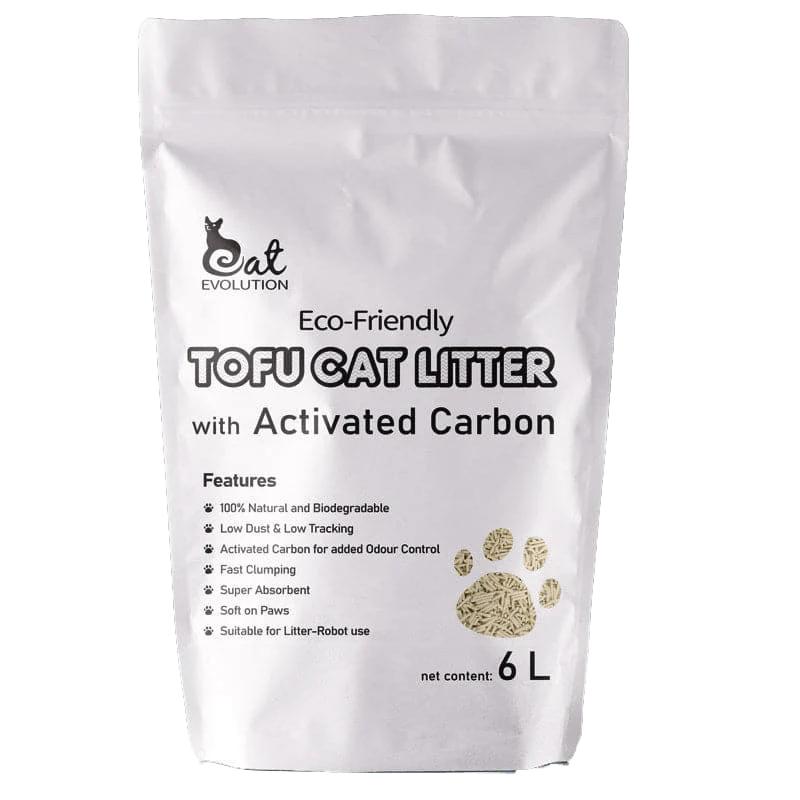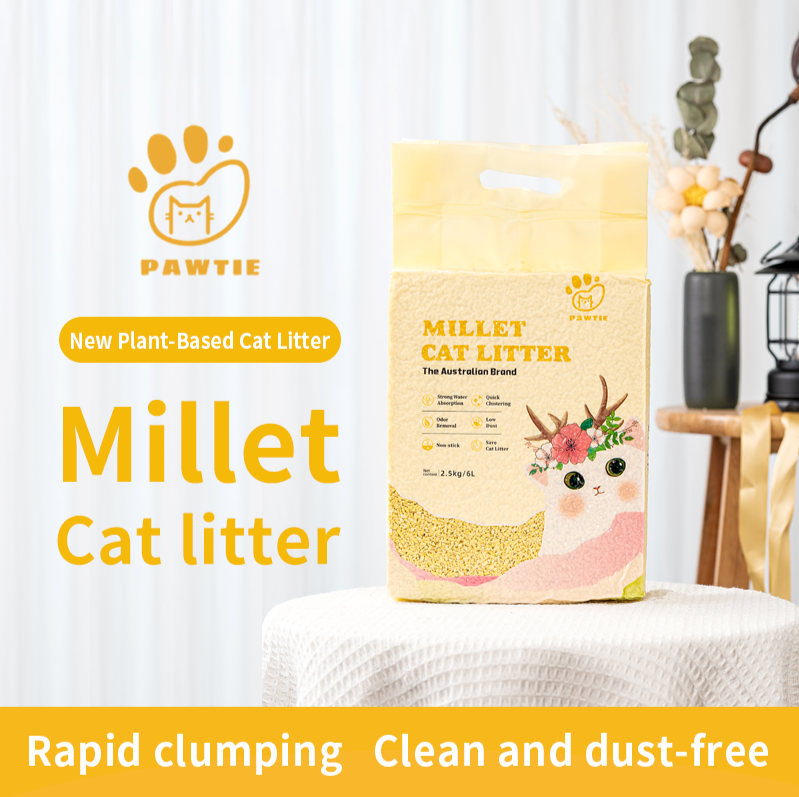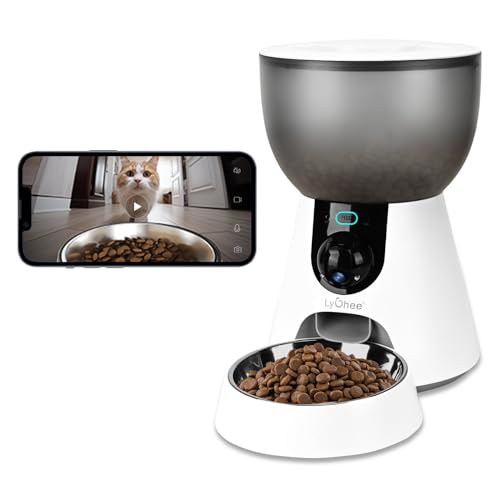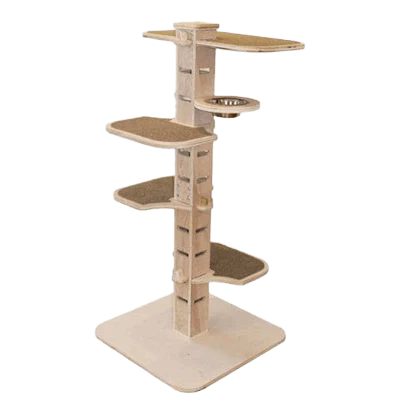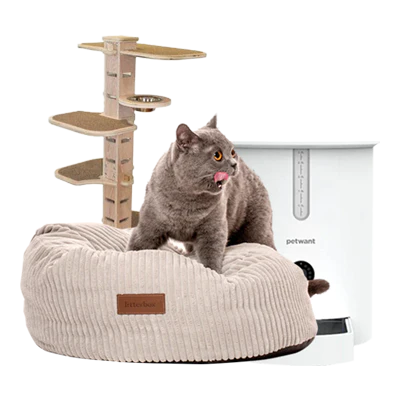Natural clay cat litter is a reliable, proven solution for cat owners who value convenience, odour control, and easy daily maintenance. Thanks to its unique mineral structure — particularly bentonite clay — natural clay litter quickly absorbs moisture, forms tight clumps, and helps reduce unwanted odours in the home.
Used correctly, it can streamline litter box care while offering a familiar texture that many cats instinctively prefer. And for households focused on practicality and performance, it's often the go-to choice.
This guide explores the benefits of switching to natural clay cat litter, including how it works, its clumping and odour-controlling properties, how it compares to alternatives, and how to transition your cat comfortably.

Strong Odour Control Without the Fragrance
Bentonite clay has natural absorbency and clumping ability, making it especially effective at containing odours. Once moisture contacts the litter, the particles bind together and begin neutralising smells like ammonia, helping keep your home fresher between cleans.
Some formulas also include activated carbon, which works alongside clay to trap odour-causing compounds, especially in high-use litter trays. Unlike fragranced litters, natural clay options rely on physical properties to manage odour, making them a strong choice for households seeking low-scent or fragrance-free solutions.
Clumps That Make Clean-Up Quick
Natural clay litter forms dense, scoopable clumps that hold their shape — even when wet. This makes daily maintenance easier and reduces how often you need to fully change the litter tray.
Since only the soiled sections are removed, clean litter remains in the tray longer, minimising waste and saving time. For multi-cat households or busy routines, this can significantly reduce the effort required to keep things clean.
Low-Dust, High-Performance Formulas
Modern clay litters are increasingly formulated to reduce dust. These low-dust varieties are carefully processed to minimise fine particles, helping keep the litter area cleaner.
Less dust also means less tracking across your floors and fewer particles settling on nearby surfaces. That makes clay an attractive choice for owners who prioritise neatness without compromising on clumping or odour control.
Natural Texture Cats Instinctively Prefer
Cats are naturally drawn to soft, soil-like textures when choosing where to eliminate. Clay-based litters closely mimic outdoor surfaces, which may encourage regular use — especially for cats who are picky or transitioning from outdoor habits.
The fine granules feel comfortable underpaw and allow cats to dig and cover their waste in a way that feels familiar, supporting healthy litter habits.

Straightforward Disposal and Daily Use
Clay litter is widely compatible with both standard trays and self-cleaning models like the Litter-Robot, thanks to its consistent clumping action. For best results:
-
Use a depth of 7–10 cm (2.5–4 inches)
-
Scoop daily to remove clumps
-
Replace entirely every 1–2 weeks, depending on usage
Used litter should be disposed of with general household waste, as most councils do not permit clay litter in compost or green waste.
How Natural Clay Compares to Other Options
| Feature | Natural Clay Litter | Plant-Based / Tofu | Paper / Wood Pellets |
|---|---|---|---|
| Clumping | Strong and consistent | Moderate | Weak to none |
| Odour Control | High (especially with carbon) | Moderate to high | Low to moderate |
| Dust Level | Low (modern formulas) | Very low | Low |
| Texture | Fine, soil-like | Soft, coarse in some blends | Coarse |
| Disposal | General waste | Some compostable options | Compostable in some areas |
Each option has its place — but for cat owners prioritising clumping performance, minimal mess, and easy daily maintenance, natural clay remains a solid, well-rounded choice.
Cost-Effective Over Time
Clay litter’s efficient clumping means less is wasted between tray changes. Many households find that a high-performing clay formula lasts longer and requires fewer full tray replacements, which can reduce overall costs — especially when purchased in bulk or subscription packs.
This combination of longevity, minimal waste, and consistent performance makes clay a strong value-for-money option without sacrificing results.
Transitioning Your Cat to Clay
Most cats take to clay quickly, but here’s how to support a smooth switch:
-
Start with a 70/30 mix of your current litter and clay
-
Increase the clay ratio gradually over 7–10 days
-
Keep the tray clean to encourage positive associations
-
Monitor your cat’s behaviour — consistency is key
Cats that are hesitant may benefit from a larger tray or a quieter location during the transition. Positive reinforcement (e.g. treats or praise) also helps.
Final Thoughts
Natural clay cat litter offers a balanced solution for cat owners seeking excellent odour control, low maintenance, and reliable clumping. Its clean feel, soil-like texture, and straightforward daily care make it a favourite for cats and owners alike.
Whether you're managing a single tray or multiple cats, switching to a modern, low-dust clay formula can make litter care simpler, without compromising on comfort, convenience, or cleanliness.
Frequently Asked Questions
Natural clay litter is typically made from bentonite clay, a mineral known for its high absorbency and clumping properties. Some blends also include activated carbon for enhanced odour control.
Yes, most clay litters are free from added chemicals and designed to be low in dust. The soft texture is gentle on paws and widely accepted by cats.
Clay litter can track slightly due to its fine texture, but modern low-dust formulas minimise this. Using a litter mat helps reduce spread around the tray.
Yes, clumping clay litters are ideal for self-cleaning trays like the Litter-Robot, as they form solid clumps that are easily separated and removed.

